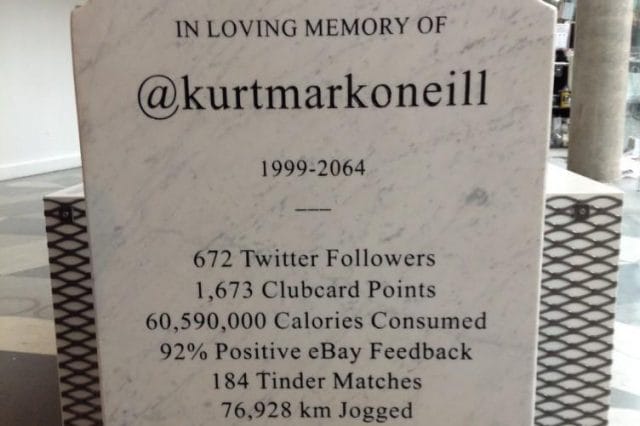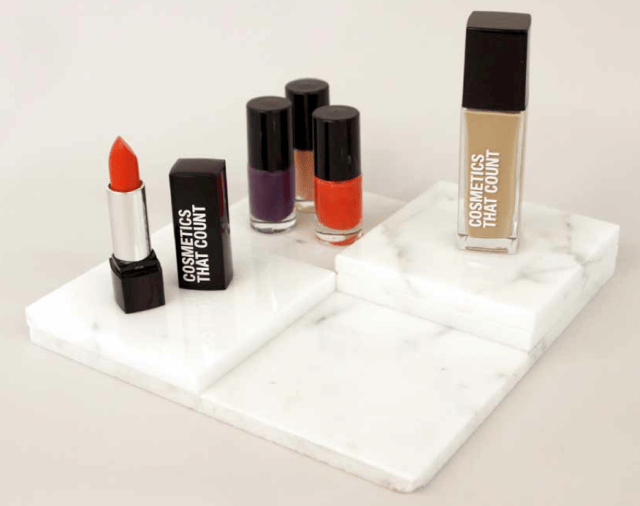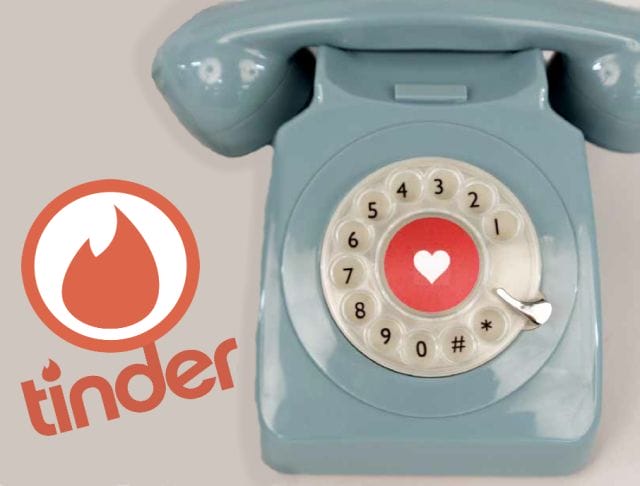
![]()
Given the current advance of technology, almost any piece of data that can be recorded, will be recorded. We seek, more than ever before, to not only capture our personal data with sensor-rich devices like the iPhone or FitBit, but also to share it with others through social networks. This trend has lead many to declare 2015 “The Year of Wearable Technology.”
But what unexpected consequences does the personal data market have in store for humanity?
Earlier this year, the University of Dublin’s Science Gallery opened an exhibit called “Lifelogging” that attempts to answer just that. The work of one of the collection’s featured contributors, conceptual artist and data enthusiast Karl Toomey, provides a rather interesting perspective.
***
Originally from Dublin, Ireland, Karl Toomey is an art director with London-based creative studio, It’s Nice That. “I’ve always been interested in the intersection of science and art,” he tells us, “as well as making the world’s scientific, complex topics more accessible.”
Unlike the exhibit’s other featured artists (who include a man who made a video game out of his memories, and another who publishes an annual report of his personal ‘stats’ every year), Toomey isn’t as hard-core about quantifying himself.
“I’ve used apps like Strava to monitor my jogging and my cycling, and a sleep app to monitor my cycles,” he admits. “But as I got more into it, I thought, ‘This is getting to a point where I’m sharing way too much stuff about myself.’ I wasn’t feeling comfortable about it anymore.”
So, with a healthy dose of humor, Toomey sat down and devised five hypothetical “lifelogging” products of the not-so-distant future.
Celebrity Tracker
![]()
“Will we crave the data of celebrities just as we do their wedding photos or autographs? Would we pay to have instant access to the data they log on services such as Netflix, Uber, Strava, or Weight Watchers? Celebrity Tracker is a device that instantly streams your favorite celebrity’s data.”
The general public is utterly enamored by celebrities, and wants to consume everything they do and say — sex tapes, diets, fashion, perfumes. “So,” thought Toomey, “what if there was a real-time data feed of their lives, and we paid a subscription for it? Could celebrity data be a popular consumer product?”
“For a fee, a celebrity — say, Justin Bieber — would allow you to subscribe to his data feed, accessible any time via this little hand-held device,” elaborates Toomey. “When you push it, it tells you what his last Uber trip was, his current heart rate, his body temp, what he’s watching on Netflix, what items he’s bidding on on eBay…It’s quite perverse, but not that farfetched.”
Confession Cross

“Would we be prepared to stream our data directly to others in an attempt to keep us on the straight and narrow? Confession Cross is a wearable GPS camera that streams everything you do to your local parish priest. When you sin, your priest logs it, calculates your penance, and texts it straight to you.”
“Religion is a huge part of life — especially being Irish,” says Toomey. “The Confession Cross explores a possible role that data could play in religion.”
Traditionally, in Catholicism, one goes to confession, sits in a tiny wooden booth, and admits all of his wrongdoings to an attentive priest. Toomey’s device imagines a future in which a churchgoer is affixed with a GPS camera-encrusted crucifix, which relays a real-time video feed to his priest. “When you sin,” explains Toomey, “he texts you and tells you what your penance is.”
Cosmetics That Count

“Cosmetics That Count is a range of makeup products laced with micro-sensing technology. Once applied to your nails, face, or lips, the cosmetics can be tracked with the Cosmetics That Count app. The most subtle of your movements and body language can be analyzed, revealing surprising insights as to how the rest of the world might really be seeing you.”
Cosmetics That Count is a range of cosmetics with “liquid tracking software” in them that links to an app. The app then tells you ‘You didn’t smile enough today,’ or ‘You were biting your nails quite a lot.’ On a meta level, the data collected can be used to explore one’s emotional state over time, or can be shared and compared with that of friends.
“This one’s a play on inner beauty and outer beauty,” says Toomey. “People wear foundation, lipstick, and mascara to look beautiful and project an image of themselves to the world — so what better tool to use to track emotional well-being?”
Tinder Telephone

“If we analyzed and compared our data with the world’s population, could we find out one true match? Tinder Telephone is a dating device that features no profile pictures or ‘about me’ sections. Instead, the device takes your data and constantly compares it to that of others around the world. when it finds someone that specifically matches you, it rings, putting you through to your one true love.”
When two people “swipe right” on each other on the dating app Tinder, it’s called it a “match” — but it usually doesn’t work out that way. For those seeking a deep, long-lasting relationship, the odds are slim that a connection based purely on aesthetics will yield favorable results.
“Tinder Telephone takes all of your data — and I mean everything you do — and streams it into this massive cloud on a supercomputer,” clarifies Toomey. “There, it’s compared to everyone else in the world’s data, and finds you your true match: someone who is statistically and data-specifically completely perfect for you.”
“The phone may only ring once in your life,” he adds. “Would you be willing to totally trust data and computers to find your one true match?”
Final Score Headstones

“Will we look to eternalize our lifetime data by engraving it on our headstones when we expire? Would that information be a true reflection of who we were and how we lived? Final Score Headstones is a service that caters for just that.”
“There’s something so permanent about our information (birth date, death date, etc.) being engraved into a stone,” says Toomey. “But social data is ever-changing: it moves up and down all day, every day — it’s never meant to be permanent or static.”
For his final concept, a data-bearing tombstone, Toomey reversed this idea — and to do so, he felt compelled to “get the real deal.” After ‘creating’ Kurt Mark O’Neil, a dearly departed fictional character, Toomey went about procuring a real grave marker.
“It took me a while to find a headstone maker who’d be up for doing it, but the guy who I found got a kick out of it,” he laughs. “The guy said, ‘I’ve never gotten to put an ‘@’ symbol on a headstone before — this is great!’”
***

Karl Toomey, presumably simulating his Tinder Phone
Ultimately, Toomey sees personal data tracking as much more than a technology fad; in a certain context, its roots go back thousands of years. “Keeping a daily journal is a form of lifelogging,” he says, “as are tax returns, or driving records.”
Technology merely “formalized” data tracking and made it available at our fingertips, clarifies Toomey. “You have the entries, but also the analysis and insight right away, which you may not have had in the past.” These are thoughts the artist was recently confronted with when he came across his great-grandfather’s “forensically-described diary excerpts” in a set of old Irish military records.
“I’d never read his stories before — and some of them were just crazy things he’d been through. They had the same power as lifelogging,” says Toomey. “Except maybe now, we’re logging totally mundane stuff, like that fact that I watched an entire season of ‘House of Cards’ in one sitting. Who the hell cares about that?”
![]()
This post was written by Zachary Crockett. You can follow him on Twitter here.
To check out more of Karl Toomey’s awesome (and hilarious) work, visit his personal site here.



